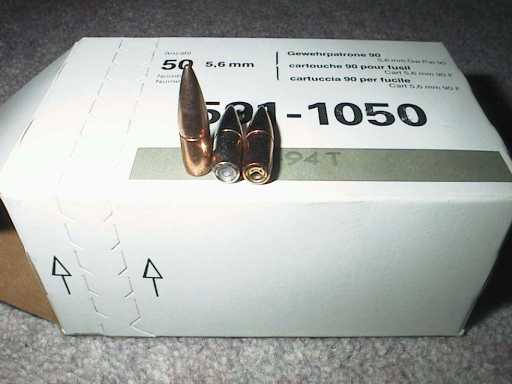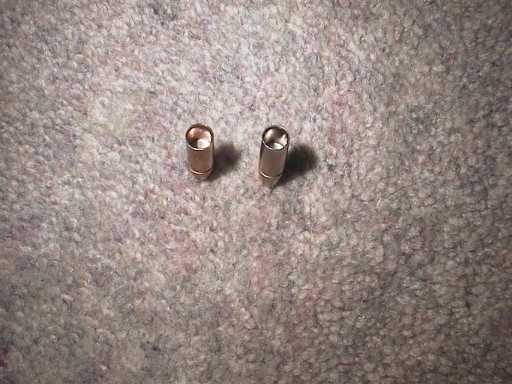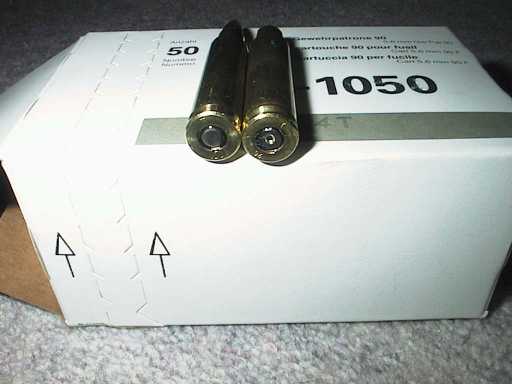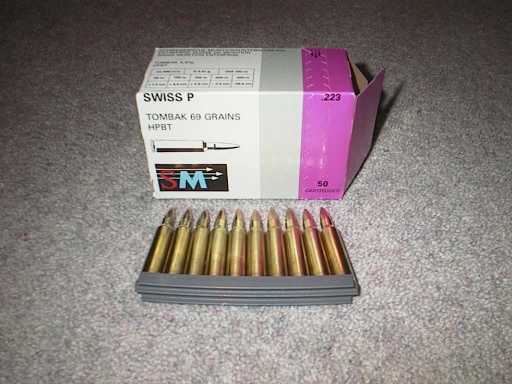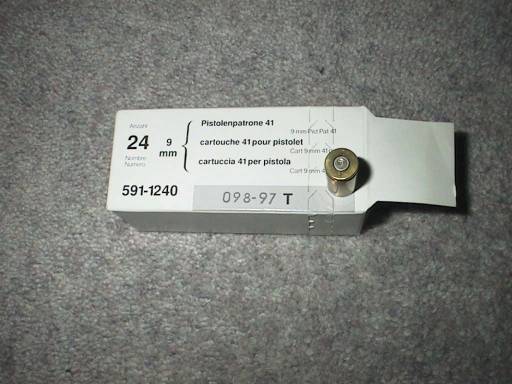The Royal Armouries in Leeds are probably the premier firearms museum in the United Kingdom. It is a big place, and the following pictures only cover a fraction of it. I took a lot of pictures so each one has a shortcut unlike the other features on the site. Enjoy!
A tribute to 007 – a bit naff but it draws in the punters, I suppose.
A Colt 1911 and a Steyr-Hahn – the Steyr incorporates the intriguing rotary barrel locking principle, the Colt, hmm, well, I don’t think anyone knows much about the Colt .45<G>. Both of these models saw action in WW1.
A 4-bore shotgun – for those around the turn of the century who considered wandering around in Africa and suffering serious pain in the shoulder was an enjoyable activity!
Adams revolver – a very nicely kept Adams percussion revolver ca. 1870
French armour – sorry, I didn’t make any notes, I think it was 15th century.
Artillery Luger – a mint condition example, ca. 1917 with buttstock.
Broomhandle Mauser – very nice example, from the Boer war with engraved buttstock, worth a few quid I suspect!
Borchardt Pistol – the first semi-automatic pistol, once again, a mint example, drool.
Bullpup Rigby Rifle – made for someone who lost an arm in WW1, no doubt worth a small fortune as well.
Dolne thingymebob – Why have one weapon when you can have three? A vicious looking piece of equipment, ca. 1890.
The first firearms – very early handguns, surprisingly considered an advancement on the bow and arrow, due largely to their ease of use.
Armoured Elephant – an elephant with armour, just the thing for the Indian warrior.
World War 1 Enfields – A selection of Enfield rifles, note the one in the middle with the extremely rare barbed wire cutter.
Engraved Webley – This revolver set someone back a lot of money!
Webley-Fosbrey – The only semi-automatic revolver
Gatling guns – A couple of mint condition Gatlings.
Greener Prison Shotgun – Another very rare gun, chambered for a special shotgun round so that it was useless to a thief.
The Hall of Steel – A large collection of guns and armour arranged up the middle of the main staircase in the Armoury.
The Hall of Steel, again – Another view of the Hall of Steel, from the ground floor.
Enfield with Howell self-loading conversion – the most interesting Enfield in the Armoury, unfortunately the picture is a bit dim. Essentially a hole drilled in the barrel, with a tube alongside the barrel, with a gas-operated rod attached to the bolt handle. The gun has had a pistol grip fitted with a handguard to prevent the bolt handle from hitting the hand during cycling. It worked, but was too impractical.
Japanese LMG – I know little about Japanese machineguns so I will not embarrass myself, although this one is interesting due to it’s method of hydraulic operation. No wonder the Japanese lost!
Kolibri 2.7mm pistol – the smallest calibre semi-auto pistol ever made, check out the size of the ammunition!
The guns of David Kucer – miniature replicas made by Mr Kucer, worth visiting the museum just to see this exhibit, in my opinion.
Guidelamp Liberator Pistol – A single shot .45 stamped steel pistol, made to be dropped to the French resistance although none ever were, they were dropped in the Phillippines and India though. Perhaps the only pistol ever made that could be manufactured faster than it could be reloaded!
Marlin rifle – a mint original from the late 19th century.
Mars pistol – very rare, very big, one of the first attempts at a practical semi-auto pistol design in the UK.
Minature Borchardt pistol – one of David Kucer’s guns, up close.
Modern military weapons – a selection of cast-offs from the Pattern Room.
Modern police guns – I say “modern”, but no-one uses the Sterling anymore and the Mini-14 is only a reserve weapon now as well. For some reason they do not have an MP5 on display which has replaced both guns.
Revolvers of the Old West – A selection of mint condition guns from the days of the old west.
Samuri – not a very good picture I’m afraid, the Royal Armoury puts on shows every day to show you some aspect of military history. This one was the dressing of the Samuri.
Schmeisser MP18 submachinegun – the first successful SMG design, from WW1, this is the Schmeisser, not the MP40!
Semi-auto hunting rifles – not sure how many people use AR-15s to hunt, but I’m not going to argue!
Sniper rifles – a display of sniper rifles.
Stgw 44 – the first true assault rifle, deployed by the Germans towards the end of WW2, many of the general features were copied in the AK-47 (Kalashnikov denies this, but I find it hard to believe).
A big tent – from the era of jousting.
Thompson SMG – a good example of a M1928 Thompson, for some reason they also have a commercial 1927 semi-auto on display. Also note the early Colt rifle underneath it. Worth a bit, I suspect!
Tiger attacking hunting party – a set piece depicting an Army officer on an African hunt with unforseen problems!
Soldier’s kit – what a soldier wears in the British Army nowadays.
Soldier – And another one, this time with a mannequin. Note the AGS-17 grenade launcher in the foreground, captured in Iraq.
Vickers and Browning machineguns – as used during WW1, the Browning was known as the “Digger” because of the reciprocating bolt component which whacked back and forth under the receiver.
Webley revolver with bayonet – what this was intended for I don’t know!
.455 Webley self-loading pistol – as bought by and issued to the RAF.
Pistols of the Great War – a selection of handguns issued during World War 1, note that most of them were revolvers!
Guns of the Zulu War – A bit more effective than a spear, as the Zulus found out after the British Army adopted more effective tactics.

